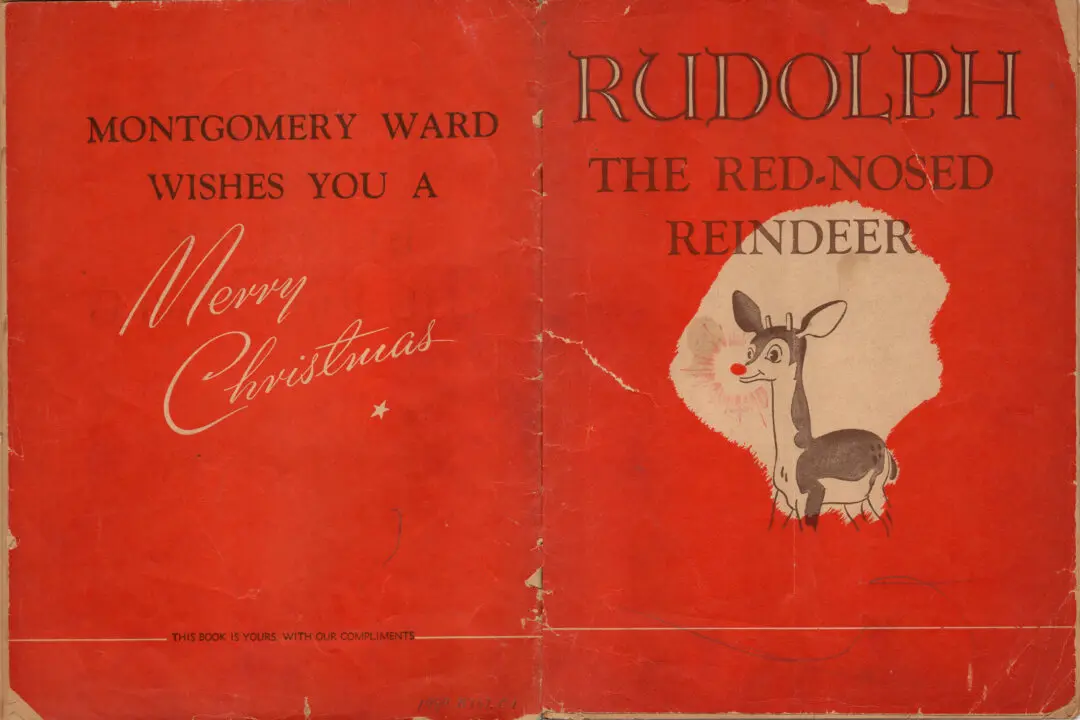Since my boyhood, I have admired many men and women from the past. In my younger days, most of these heroes were soldiers: Robert E. Lee, Stonewall Jackson, and Audie Murphy, just to name a few. Later, my pantheon of heroes grew in scope and included luminaries like Booker T. Washington, Joan of Arc, Ignaz Semmelweis, Pope John Paul II, Theodore Roosevelt, and, most recently, Melania Trump. Ernest Hemingway, F. Scott Fitzgerald, and Marjorie Rawlings also fascinated me.
One group of famous people never quite caught my interest: American tycoons. Business types like John D. Rockefeller, Henry Ford, and Cornelius Vanderbilt failed to ignite my imagination, though the history of George Vanderbilt’s Biltmore House in Asheville, North Carolina, has, for years, fascinated me. This same disregard applies to the stories of our big tech billionaires. I stumble across tidbits about their lives here and there, and read these with interest, but can never envision myself sitting down with some fat biography of Bill Gates or Mark Zuckerberg.






